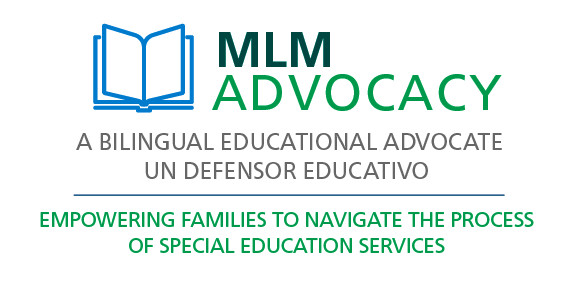
How to Celebrate Halloween with a Child with Special Needs
Helpful tips to celebrate Halloween for parents of children with special needs
Get can’t-miss family activities sent to you!
Get the Best Kid-Friendly Activities
Sent to You Weekly!
Face paint can be a wonderful tactile sensation for sensory seekers, but skip it as well as eye masks, helmets, and other similar accessories for young sensory avoiders.
Map out a trick-or-treating plan.
Is your child daunted by the prospect of going door-to-door asking for candy from strangers?
- Role-play with family members to simulate trick-or-treating. “Have a child knock on a door in his house and prompt him on what to say and what appropriate behavior is expected,” Diamond advises.
- Discuss the language your child may encounter. Especially if she has good verbal abilities, Diamond recommends. After all, we don't typically say trick-or-treat on any other day.
- Create an itinerary beforehand. “Some children respond best to schedules, so parents can map out a schedule of where they will be trick-or-treating and when they will be home,” Diamond says. And keep it short if you’re not sure how your child will respond.
- Do a walk-through of the neighborhood ahead of time. Choose the houses you are going to visit and tell your neighbors what to expect and how to approach your child. Make sure there are not any spooky decorations or blinking lights that could upset your child.
- Explicitly discuss the difference between Halloween and the rest of the year. Make sure your child understands that at other times, he is not to knock on strangers’ doors.
Trade in sugary treats.
Though it centers around candy, you don’t have to let dietary restrictions rule out trick-or-treating. Create a game whereby kids can trade in their sweet Halloween stash for treats they are able to eat or for non-edible prizes your child will love (a LEGO set, books, a movie, art supplies), Diamond suggests.
Learn about blue pumpkin buckets.
Started by a British mom, and supported by the National Autism Association, these blue buckets shaped like pumpkins are designed to hold candy or other treats, but also carry a special meaning: They indicate that the bucket-holder is on the autism spectrum. It’s a great way for kids with special needs to let others know that they may not communicate in the same ways children without special needs would typically communicate on Halloween.
Take notes.
Mental ones, at least: Notice what upsets your child, which times she enjoyed herself the most, and how much she itched and squirmed in her costume. The more details you commit to memory (or to a note in your iPhone), the better experience your child will have next Halloween.
Celebrate your own way.
If your child doesn’t want to go trick-or-treating, there are other ways to celebrate Halloween that fall within his comfort zone.
- Your child can help pass out candy to trick-or-treaters, Diamond suggests. From this safe remove, she is still participating in the holiday and practicing some social skills along the way.
- Host a Halloween party with family and friends at home; children can help make Halloween cookies or special orange foods.
- Watch age-appropriate Halloween TV shows or movies.
“If you know your children—and how to tailor the experience to their needs—then they can definitely manage it,” Diamond advises. But also consider this: “Halloween is a tradition, but is it a tradition that the parents feel is a priority for their family?” There’s nothing wrong with deciding not to take part in the holiday if it’s not a priority and it causes a lot of anxiety for your child.
However, parents should still work on exposing children to Halloween sights and sounds so they’re not shocked when they go out in October. “Halloween presents the perfect opportunity to work on skills,” she says. “It’s a teaching opportunity.” It’s not all about candy, after all.
Here at NYMetroParents, we've got everything you need to have a safe, fun, and festive fall and Halloween season. Whether it is pumpkin or apple picking, getting lost in a corn maze, making Halloween crafts or finding costumes and decorations, we're here to help.





